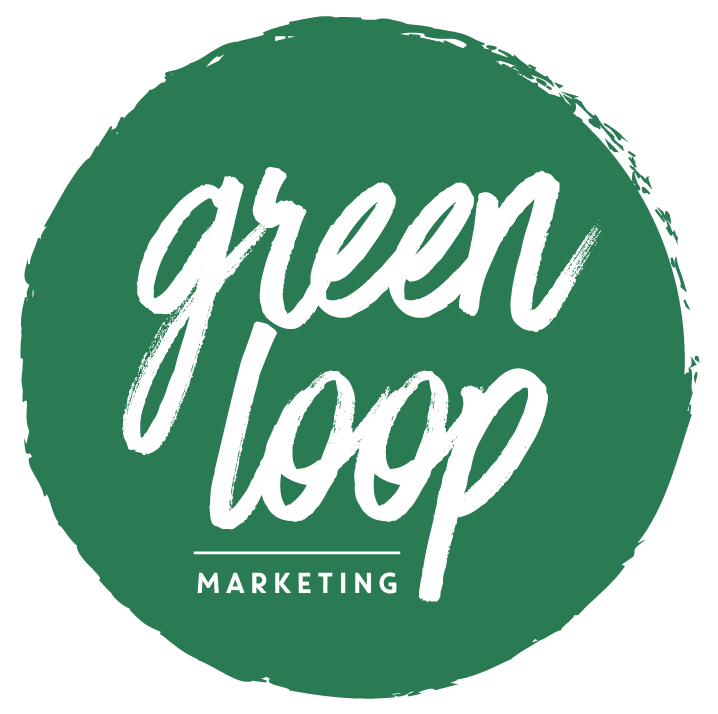Influencer Marketing 101: Key Insights and Best Practices
We all know influencer marketing—it’s everywhere and growing in popularity within client strategies. Before we dive in, it’s important to distinguish between influencers and content creators. Influencers shape behavior and drive sales, while creators generate content, ideas, and communities, going beyond just influencing purchases.
Now that we understand the different types of people we’re collaborating with, let’s jump into four key takeaways from Marketing Brew's “Perfecting Your Influencer IQ” conference. These insights will gear you up to effectively partner with both influencers and content creators.
1. Be Prepared to Pitch
When approaching an influencer or their talent manager, come prepared with key details: budget, product or service description, timeline, target audience, and usage expectations.
Providing as many details as possible upfront sets the stage for a successful collaboration. Building relationships is crucial—be kind and considerate, as trust fosters long-term partnerships and quality content. Be prepared to negotiate, and keep in mind that influencer rates vary. Be transparent about your budget, and if you can't meet their monetary needs, offer other forms of value, such as flexibility or gifting.
For small brands, initiating contact through DM or email with a rough budget and clear goals can be effective. Offering gifts can help start the conversation, and targeting influencers who have already mentioned your brand can lead to successful collaborations.
2. Customize Your Outreach
Do your research before reaching out. Dive into the influencer's content, understand their audience, and explore how your product fits in. A personalized message goes further than a generic one. Mention specific aspects of their content you admire and suggest creative ways your product can integrate naturally. Show genuine interest in their work and align your product with their interests. Just because an influencer has many followers doesn’t mean they’re the right fit—personalization shows you value their unique voice and community.
3. Define Your ROI
Influencer marketing can be a tough sell to leadership, who often want clear metrics to see the value of these collaborations. Since influencer marketing is still considered new, there are no golden metrics. Start by tracking basics like engagement, reach, impressions, and demographics.
From there, internally decide what success looks like for your campaign, such as sales, new followers, impressions, or brand awareness. Influencer content may not convert to immediate sales but can build brand fans who will purchase later on when they’re ready. Understanding and setting realistic expectations for ROI helps align your strategy with leadership’s goals.
4. Prioritize Authenticity
The primary takeaway from every panel at the influencer conference was the emphasis on authenticity. For the best results, all parties involved in the partnership must be genuine. Here are a few ways to foster authenticity in the influencer marketing space:
Collaborate with creators who love what they do—it should feel like a passion, not just a job.
Give creators creative freedom with minimal restrictions. Too many rules can suppress their unique voice and creativity.
Choose influencers who naturally align with your brand or are already consumers or fans. Authentic partnerships are more impactful and genuine to consumers.
Value long-term partnerships over frequent product promotions. Consistency builds trust and loyalty with the audience.
Treat creators as consultants, maintaining regular communication and collaboration. Their investment in the partnership can drive better results.
In an oversaturated market, authenticity is more critical than ever, especially with influencers on social media. Building genuine, lasting relationships with influencers and content creators can set your brand apart and drive meaningful engagement.
As a bright young professional, Amelia brings a new set of creative eyes to Green Loop. Amelia graduated from Ball State University in 2021 with a B.S. in Advertising and concentrated on Event Planning. During college, she spent time planning Ball State Homecoming and working in marketing at the campus’ advertising agency and admissions office. With 6 years of marketing experience under her belt and a passion for all things Indianapolis, Amelia now works with Devour Indy, Parks Alliance of Indianapolis, IndyHub, and many more.
When she's not creating stellar IG reels for our clients or planning new event marketing strategies, you’ll find her out and about at the newest spots in Indy or taking long walks on the Monon Trail.


